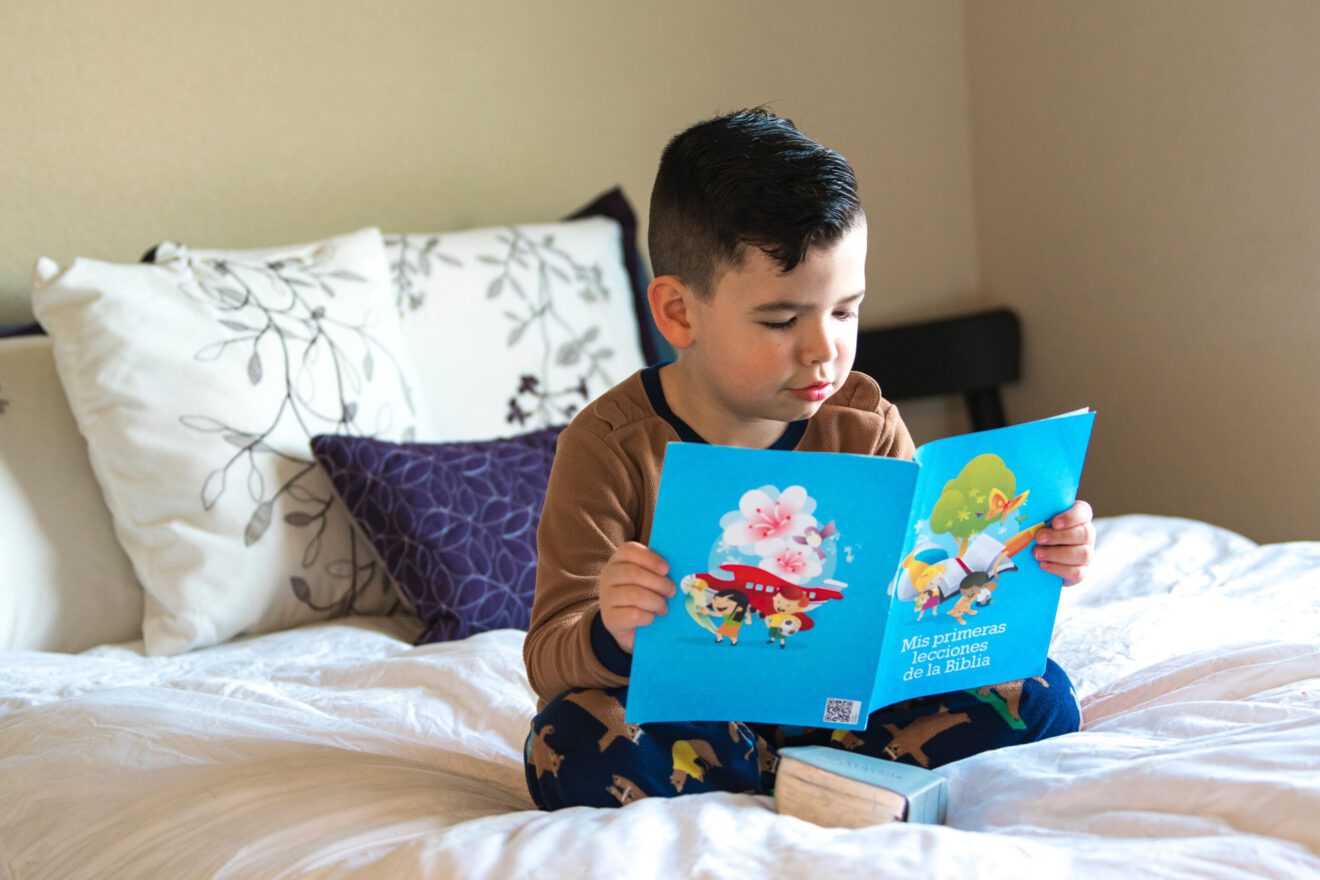Sign up for our daily edtech news briefing today, free.
In the world of literacy for adolescents, there’s a lot of conversation about vocabulary. That’s because vocabulary is our “background knowledge,” and a significant predictor of comprehension. There’s a lot of talk about how you get kids to learn words, how many words they should learn, and what type of words they need to know.
We also spend a lot of time these days thinking about the students who don’t read very well by the time they’re in middle school and high school, and what type of support interventions they need to be successful. And while there are some well-meaning efforts put forth to try to raise achievement, some students will wind up feeling “stupid” because they’ve been put in classes that their peers don’t have to take.
These and other challenges make reading intervention extremely difficult in an environment where finding the time — and right support tools — for it is getting harder and harder, especially during a pandemic. Developed by the University of Melbourne’s John Hattie, the “skill, will, thrill” learning model caught my eye a few years ago.
The model starts with three major sources of inputs: the skill, the will and the thrill. The skill is the student’s prior or subsequent achievement; the will relates to the student’s various dispositions towards learning; and the thrill refers to the motivations held by the student.
“These inputs are also the major outcomes of learning,” Hattie writes in Learning strategies: a synthesis and conceptual model. “That is, developing outcomes in achievement (skill) is as valuable as enhancing the dispositions towards learning (will) and as valuable as inviting students to reinvest more into their mastery of learning (thrill or motivations).”
What is Skill, Will and Thrill?
Here’s how each of these input sources apply in the realm of reading and vocabulary education:
Skill. There are some very important skills for comprehension. When you’re learning to read, those skills include phonics, phonemic awareness and foundational skills (i.e., concepts about print, fluency, and vocabulary). These skills morph as students get a grasp on the foundational elements and move from monosyllabic to multisyllabic words, for example.
Will. This is an important element because if we only focus on skills, then students aren’t going to become highly-proficient, engaged readers. That’s why this second aspect revolves around the “will to read,” which is a critical aspect of success. Put simply, it’s the individual motivation, passion and engagement combined with goal setting and metacognition.
Thrill. What do you do once you’ve read and understood a text? How do you act upon the world? How do you take what you’ve learned and read and do something meaningful with it? This is the “thrill” element, and it’s about making the reading meaningful for the individual. It’s also understanding what does the text inspire you to do? For example, one student may read a passage and want to be the arguer, while another may want to be the informer who shares the information with others. Yet another might want to debate what he or she just read — or even make a presentation about it.
Putting the Model into Action
To test this model, before COVID-19, we asked one teacher to have her fourth-grade class write voluntary Amazon reviews. We masked the students’ names and put all of the privacy protections and parent permissions in place. When people started “liking” or “not liking” those reviews and commenting on them, the students got engaged in the process and wanted to do more. They wanted to improve their reading and writing in a way that attracted better feedback on their content.
With this very simple change over to a worldwide audience, the kids got a real thrill out of logging in and seeing the comments on their reviews. This is just one small example of how we can move readers from skill to will to thrill.
Teachers can use technology to administer this model with their students. StudySync’s online literacy platform, for instance, has worked well during remote learning as it organizes the texts in a way that motivates students to read, builds their proficiency, and recognizes them for their accomplishments. It incorporates a standards-based curriculum (i.e., the “skill”), and focuses on both motivation and engagement (the “will”). For example, students can read culturally or socially relevant texts that most interest them.
Finally, the program incorporates goal setting and rewards. It encourages students to set goals and then allocate resources to accomplish those goals. The thrill lies in the tasks that students have to tackle to reach their goals. The options for making reading “thrilling” go beyond just compliance, and include discussions, debates, and other engaging exercises.
Build it and They Will Come
We’re at a point in the educational lifecycle where if we don’t start injecting more skill, will and thrill into our reading curriculums, we’re going to start losing a higher percentage of students — and at younger ages.
The trick is for people to understand what this is about and the value of shifting away from simply focusing on skill. The skills are in service of something bigger. If we can frame it that way for students and get them thinking about that at every level, we’ll start to see progress in the right direction.
Douglas Fisher, Ph.D., is a professor of educational leadership at San Diego State University and a leader at Health Sciences High & Middle College.
_________________________________________________________________________
If you enjoyed this article, please sign up for our daily edtech news briefing. For more great content, subscribe to any of SmartBrief’s 275+ email newsletters.
